
- This event has passed.
MIRA!: NO ES UN(A) ORDEN
31 Mar - 11 Jun
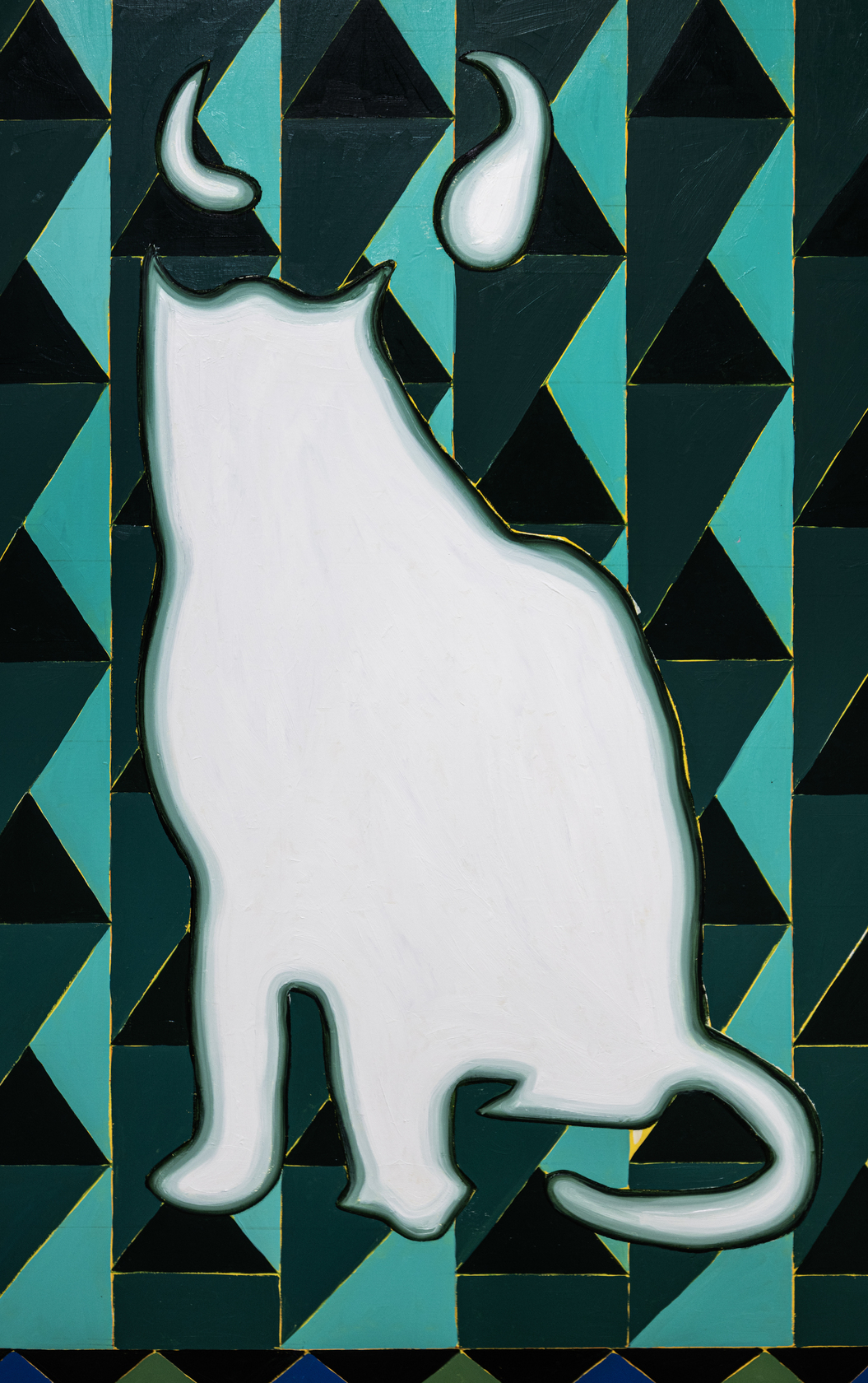
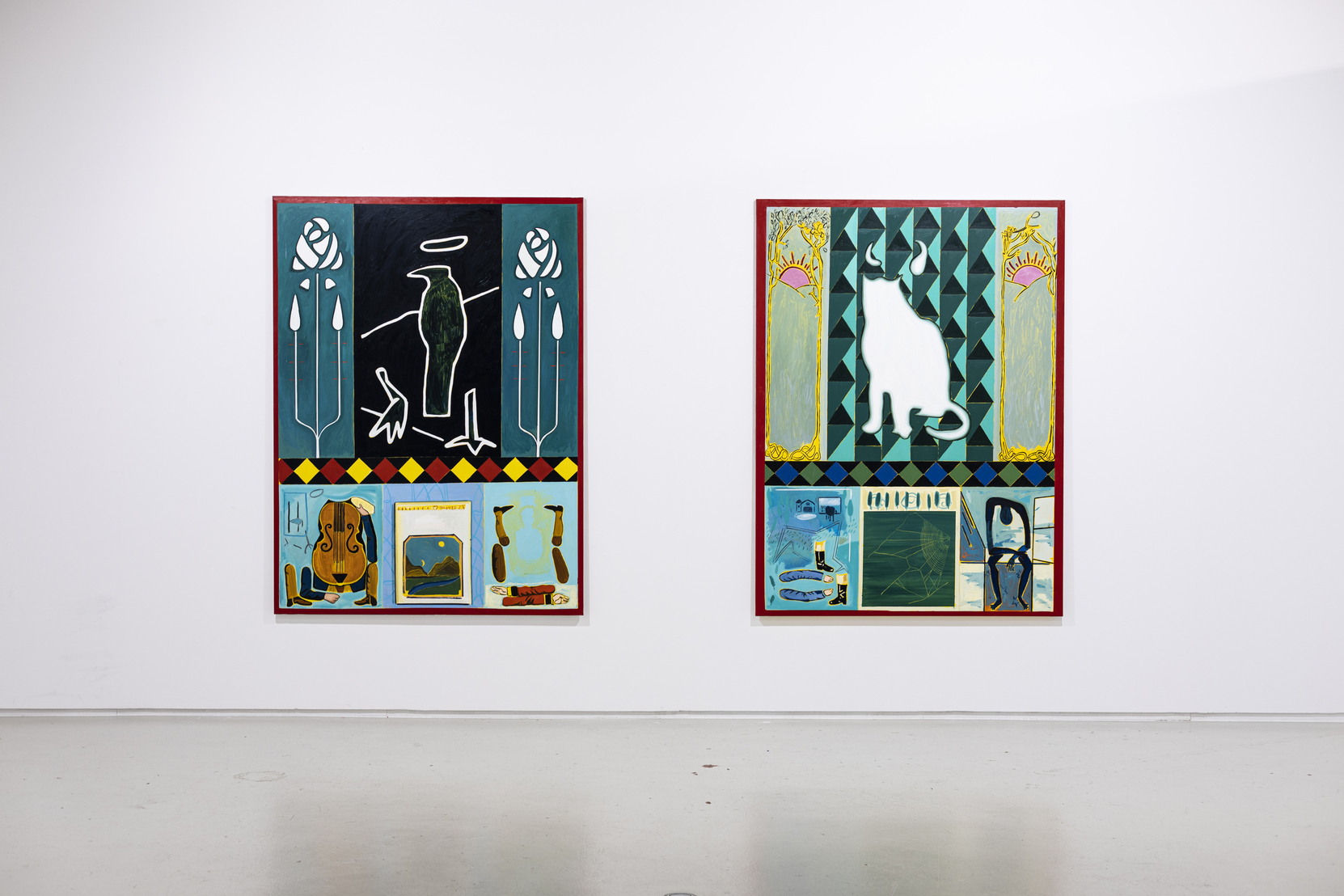
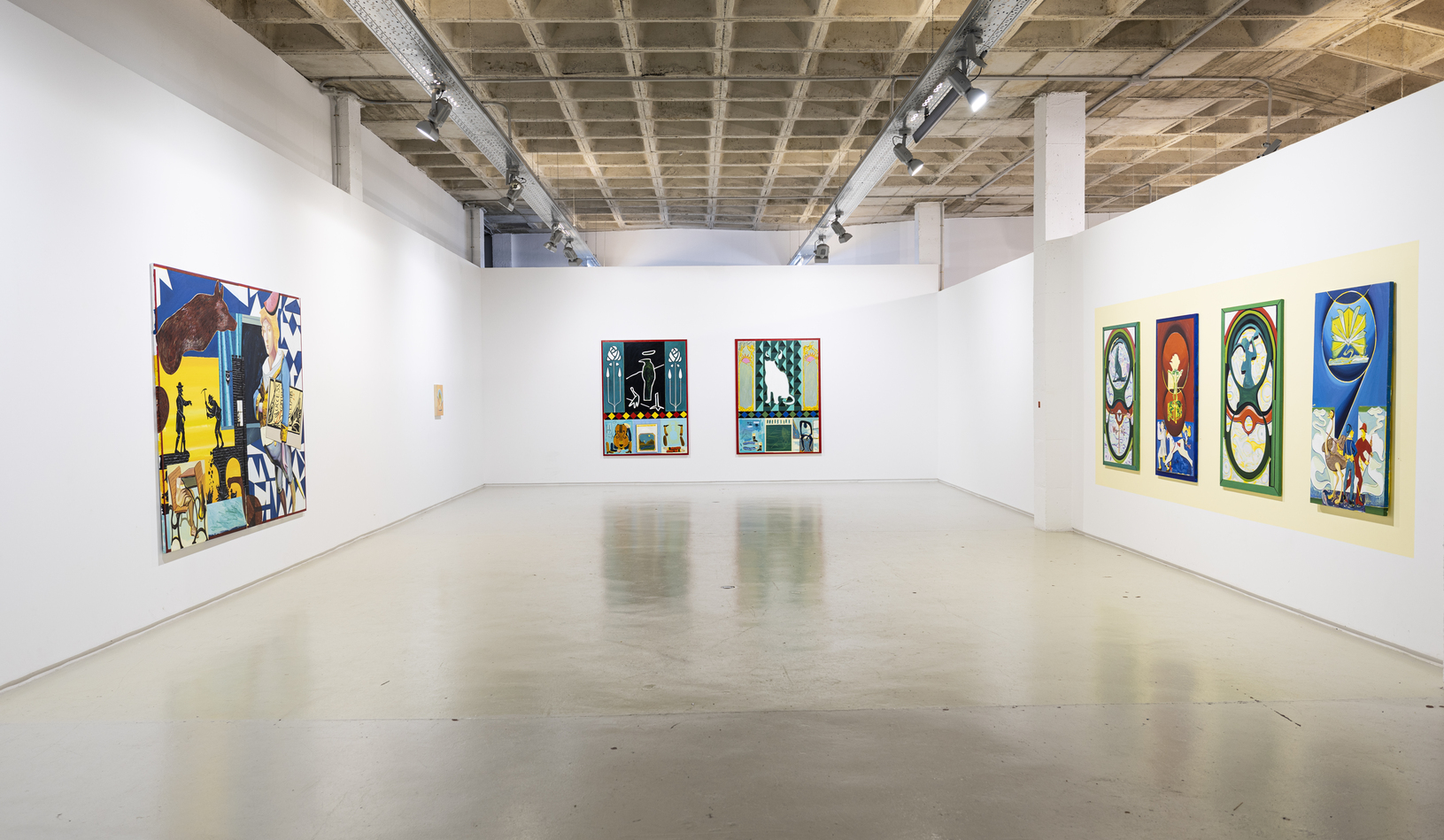
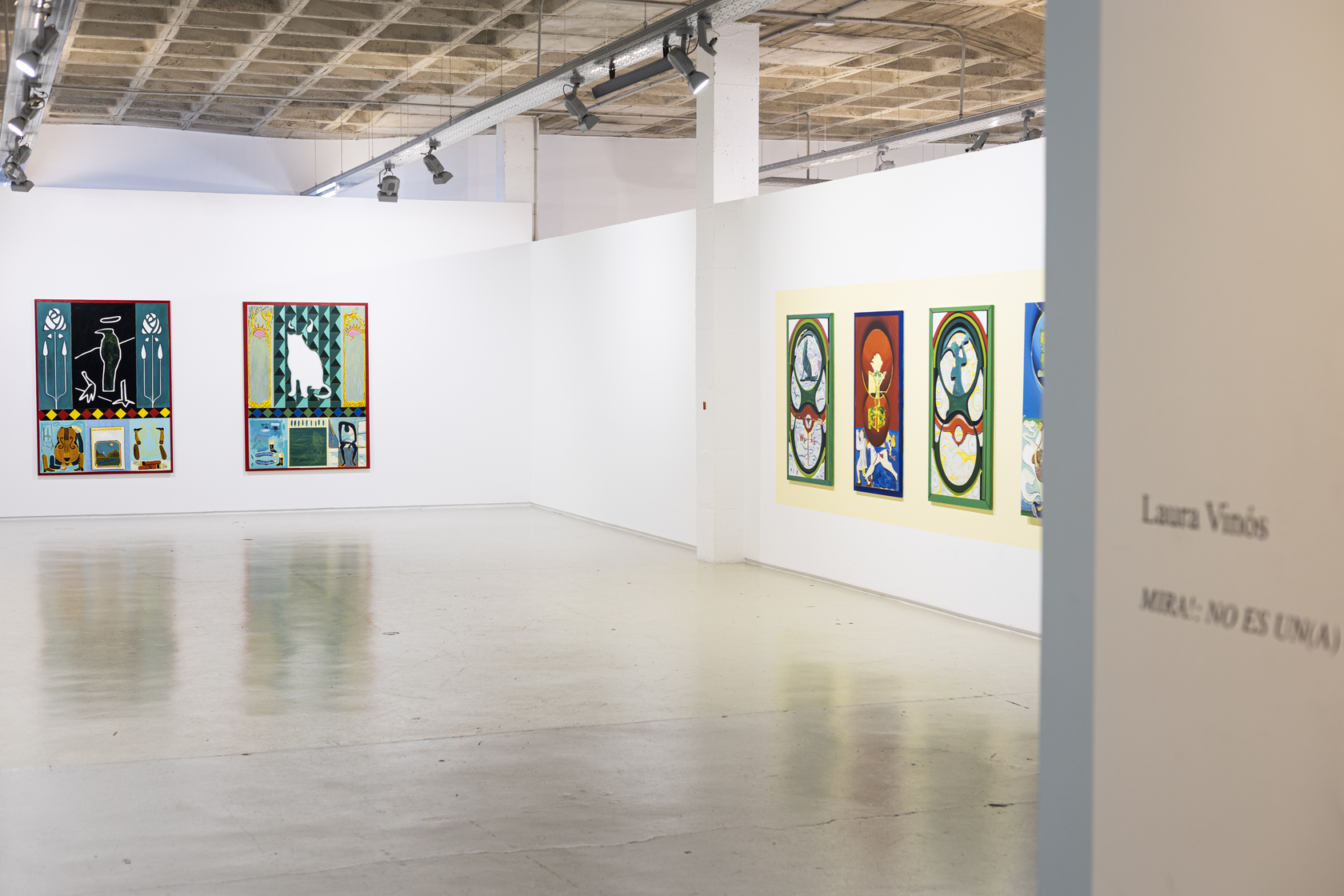
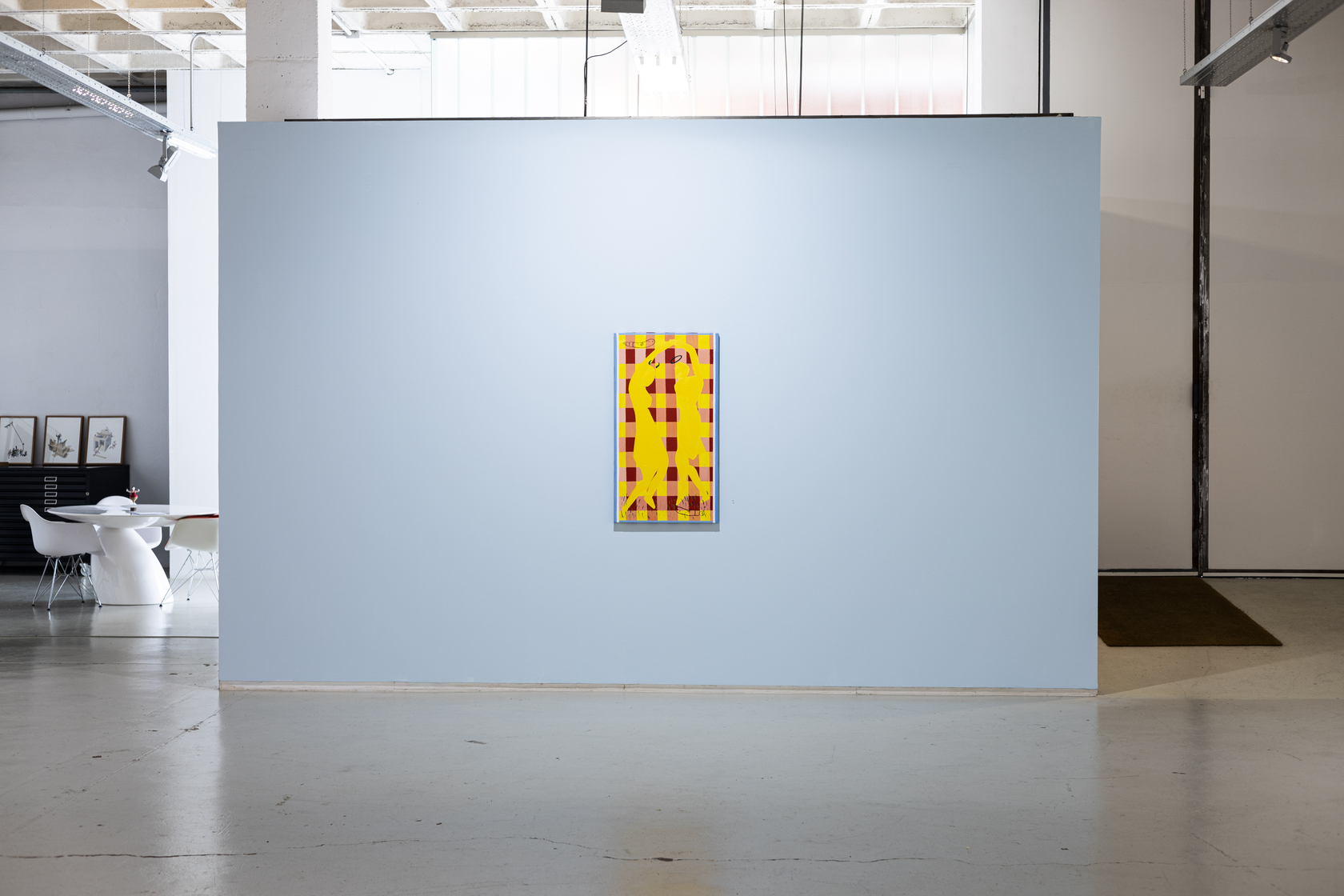
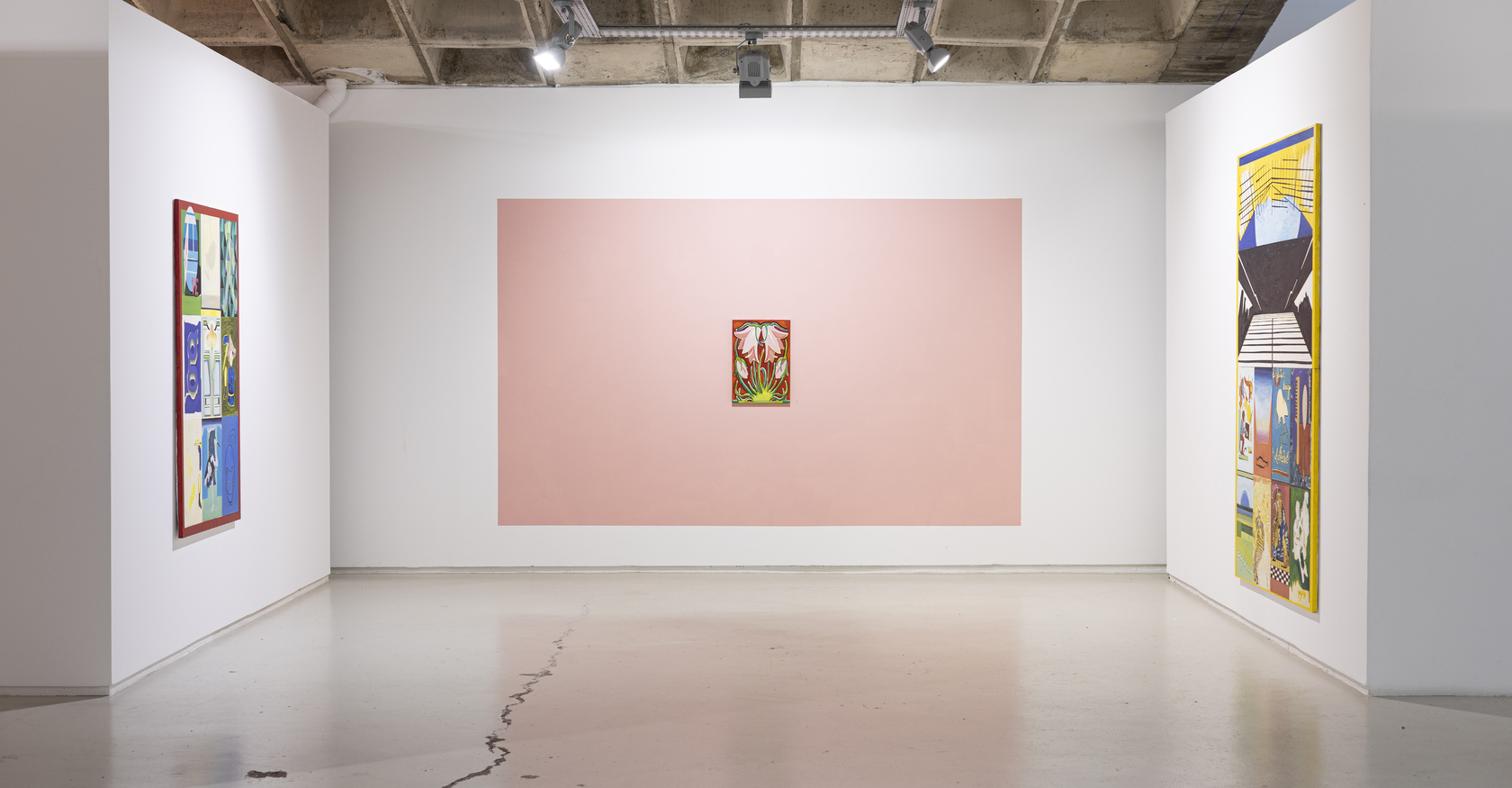
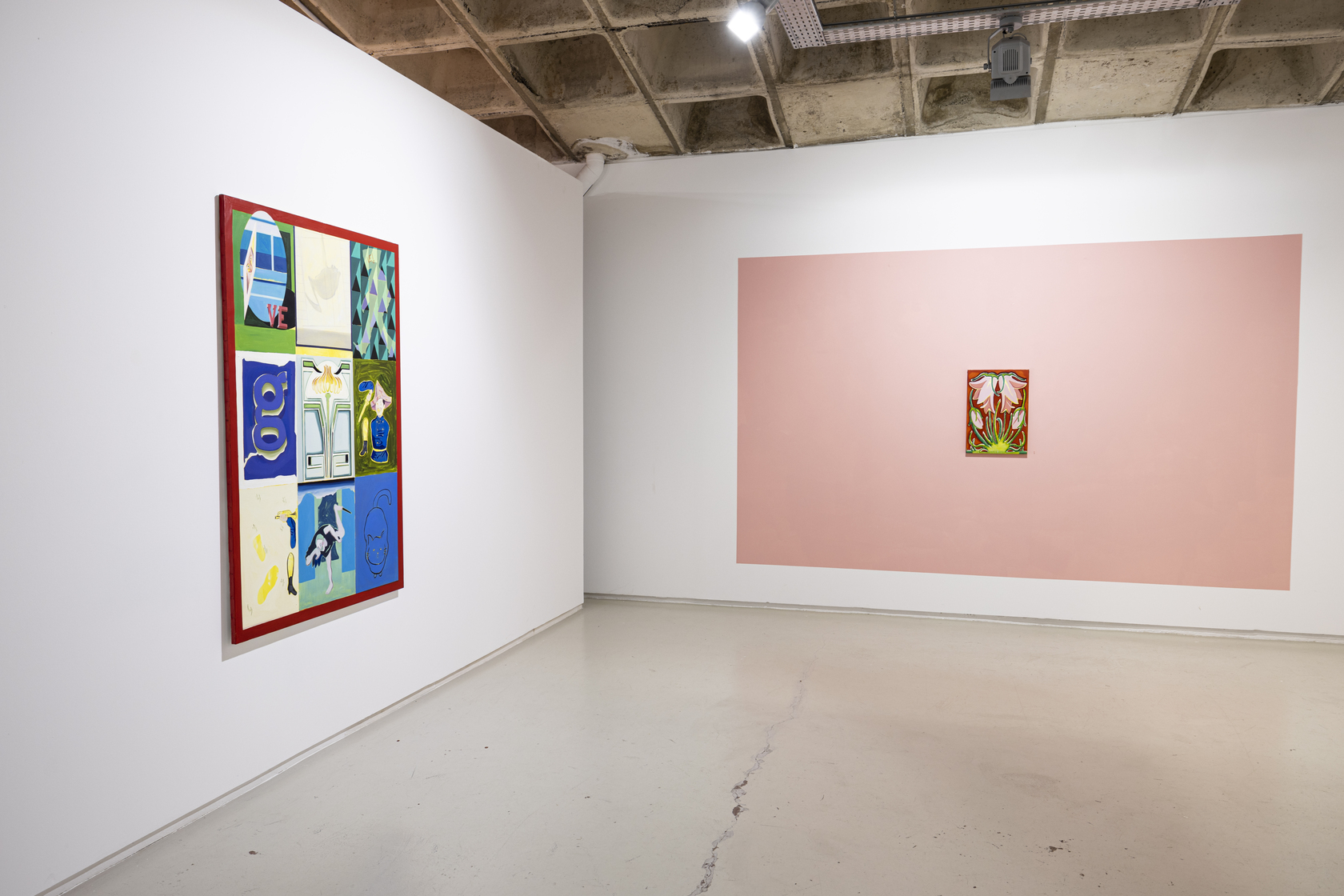
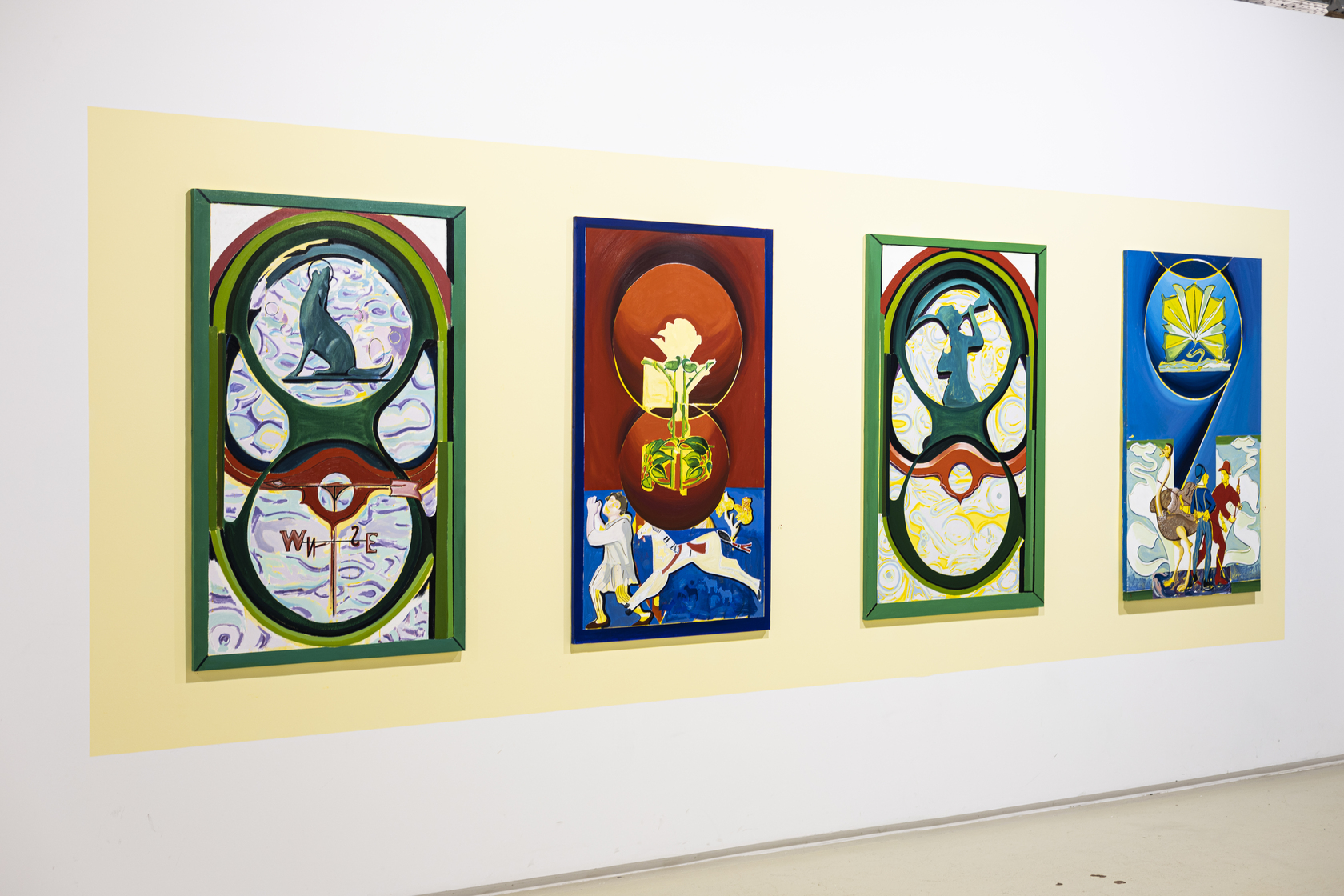
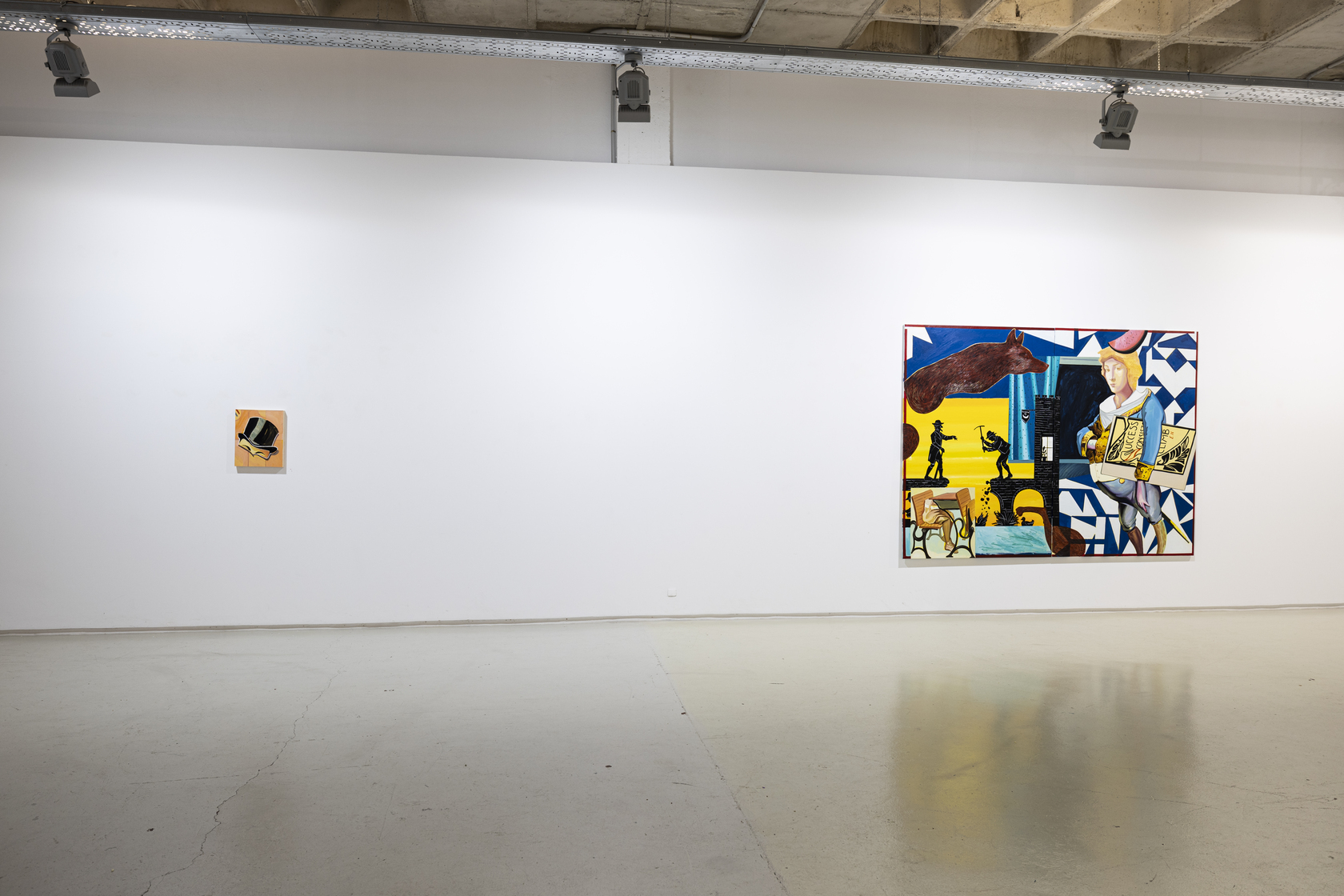
MIRA!: NO ES UN(A) ORDEN
Laura Vinós
In waste products [children] recognize the face that the world of things turns
directly and solely to them. In using these things they do not so much imitate
the works of adults as bring together, in the artefact produced in play,
materials of widely differing kinds in a new, intuitive relationship..
Walter Benjamin
As a member of what is starting to be called the new school of Andalusian painting, Laura Vinós is aware of the dangers caused by the existence of a nostalgic and capitalising trend that often makes this label problematic. This makes us ask ourselves some questions that seem essential given the current situation of visual arts: how to recover means and forms of a school that has been fundamental for the construction of the State artistic panorama without falling into conservatism? How to solve the existing gap in the circulation of painting between the art market (fairs and galleries), the institutional system and other forms of art circulation?
In order to answer the first question, it becomes necessary to discuss one of the dangers that Andalusian painting runs into by being part of a tradition with too much weight in contemporary Spanish artistic genealogy. In the curatorial text of the exhibition Voices in the woods. Inmaculada Salinas (La Virreina Center de la Imatge, 2023), Joaquín Vázquez affirms that the Andalusian panorama is dominated by a formal nostalgia: “a kind of attachment to the forms, modes of presentation and circulation of the past that strengthens its isolation from other artistic expressions, preventing the creation of new representations and their circulation through other spaces of enunciation -besides the gallery and the museum- with a closer adjustment to the contemporary artistic experience”. If for Bárbara Cassin nostalgia is, paradoxically, the quality that prevents us from recovering what has been lost in the past, she argues that there is the possibility of reversing the function of this emotion in the face of its uprooting that, through the adventures it fosters, allows the Exiled to endow themselves with “a vision of the world freed from all affiliations”.
It is here where the artistic exercise of Laura Vinós begins, as she confronts this conservative nostalgia with the joy of the playful, a motif that is both an operation, as a way of doing, and a constant leitmotiv in her work. Thus, what is really interesting is that, for Vinós, taking Dadaism and Oulipian literary games as fundamental references, the objective of the game does not seem to be so much avant-garde experimentation, something that would run the risk of obeying an excessive desire to inscribe or respect for the influences of a highly explored pictorial tradition, but rather a joyful liberation from it, an overcoming of the fear of what an Andalusian painter can say through the elaboration of a well-consolidated language of her own.
To answer the second question, it is useful to refer to the exhibition ETCÉTERA, ETCÉTERA, (Yusto/Giner, 2022). It is often pointed out that state institutions do not acquire enough pictorial work in their funds, especially considering its ‘good health’ within the Andalusian panorama. On the other hand, in the manifesto for the revitalization of Andalusian painting that accompanied the exhibition catalogue, the following was written: “In times of uncertainty, painting is a refuge value.” Separated from this perspective that seems to locate the pictorial value in relation to its possible market uses, in the same text we are offered a key to overcome this problem by stating that “the territory of painting is a space for critical thought as deep and dense as any other cultural manifestation can be”. So, by understanding painting as a territory, that is, as a codification, it is susceptible to being deterritorialized, producing new dialectics and, with them, the possibility of developing new critical discourses. It is perhaps this distance of perspectives that precisely fosters a gap whose suture is essential for the artists who are part of this panorama. I think that it is from this perspective that we should analyse what is called ‘new Andalusian painting’ and, specifically and as an outstanding exponent, the work of Laura Vinós.
Conversing directly with artists such as Luis Gordillo, Carlos Alcolea or Ana Barriga, Vinós faces the blank canvas like a Mallarméan throw of the dice. She avoids at all times painting a work subject to slogans and propaganda that distract from the formal and discursive value of her intention to centre the game as an end in itself. A game in which word and image directly challenge the viewer, which generates intimate spaces in which to develop personal universes. Denying Georges Perec, it is a game without instructions for use, hence its title: MIRA!: NO ES UN(A) ORDEN.
As we walk through the room, human and animal figures display a mocking imaginary and a kind of theatre of illusions that, at times, reminds us of the use of Goya masks, which Tzvetan Todorov states that “they hide the face, but show the interior which cannot be seen.” The images, in this way, seem to want to tell us something while at the same time, the author veils any possible concrete message; she empties the signifiers of meanings and the word acquires a graphic and material dimension, as if it were an alphabet soup, in a literal and literary sense. Through extensive knowledge of the use of colour and a surprising compositional capacity, the works manage to incite whoever looks at them, as Vinós proposes, “to establish an intimate relationship with them”, leading them to take their own position. She does it by learning to play, following Benjamin’s quote with which this text begins; just as children do with waste materials from a construction site. That is to say, she does it not to reproduce the works to which she refers to, but gives them new meaning to the materials and to value the work processes. She does it without imposing a certain function on them and, therefore, another construct incapable of escaping the logic of the exhibition hall.
It is for these reasons that this text is more of an invitation to become a detective, using the words of Vinós, in which the function of the curator, in its less frequent significance within the gallery jargon, is ceded to the visitor. It is possible to follow the clues that the artist leaves when she states that her images “result in a long poem (…) that in a playful way encourages conjectures of what is being narrated” or that she seeks “an enigmatic image and a detective spectator and that the function of the detective is “never to remain in the superficial reading of what he sees”. It is in this ‘going beyond’ where an attentive look and fantasy is fostered, where children, and perhaps we should remember this more often, are specialists, something that leads us to the third role of play in Vinós’s work. Here one is invited to play, to be children for a moment, and to let himself be fascinated by the game of the artistic. Following the Duchampian maxim, we can think that there is always something more serious in the game than it seems, and that every artistic act supposes an effort to “find the perfect move”.
Enrique Fuenteblanca
www.juxtapoz.com MAGDA KIRK | INNER GLOW
6 Jun, 2024
https://www.juxtapoz.com/news/painting/magda-kirk-inner-glow-comes-out-in-madrid/
Ángeles Agrela, un modo femenino de mirar.
15 Apr, 2024
Ángeles Agrela, un modo femenino de mirar. Autor: Fernando Castro Flórez Localización: Descubrir el arte, ISSN 1578-9047, Nº 302 (abril), 2024, págs. 60-63 Resumen Esta artista multimedial, que ha logrado sintetizar la felicidad que le proporciona el arte, compone...
Ramón Muñoz: A SOGA Y TIZÓN
15 Apr, 2024
https://www.plataformadeartecontemporaneo.com/pac/a-soga-y-tizon-ramon-munoz-en-la-galeria-yusto-giner-marbella/
Fran Baena: “En los memes nada es tan banal como parece”
21 Feb, 2024
https://elemmental.com/2024/02/06/fran-baena-entrevista/
CICA Vancouver x Ángeles Agrela
16 Nov, 2023
ONE OF US: Yann Leto conversation with Manuel Ocampo
13 Sep, 2022
Yann Leto: ONE OF US Exhibition: 3th September – 16th October, 2022 Conversation with Manuel Ocampo Manuel Ocampo: You mention Freaks in your statement. What a movie! Do you feel yourself or your work have an affinity with the grotesque?...
Solo project by Daniel Núñez at ARTE SANTANDER 2022
11 Jul, 2022
Eduardo Balanza // Música para ver, tocar y oler. – Diario ABC
29 Jun, 2022
Meeting: Mariano Navarro, Fernando Castro, Paco Celorrio y Laura Vinós, moderada por Sema D’Acosta
2 Jun, 2022
Details
- Start:
- 31 Mar
- End:
- 11 Jun
- Event Categories:
- EXHIBITIONS, Laura VINÓS
- Event Tags:
- Laura Vinós
Local
- Yusto/Giner Gallery
-
C/Madera nº9
Marbella, Málaga 29603 España - Teléfono:
- +34 951 507 053